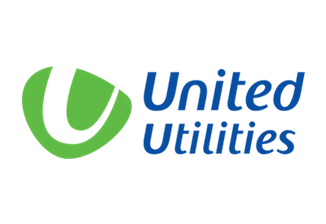United Utilities

United Utilities unites its data
United Utilities plc (UU) is the UK’s largest, publicly listed water company. With over 76,000 kilometres of sewers and 42,000 kilometres of clean water pipes, the company delivers two billion litres of water to seven million customers in the north-west of England, each day.
Operating at such a scale, the company has an enormous estate of assets to track and manage: UU records 4.5 million waste water features and 11.5 million clean water features.
Like many similar organisations, UU inherited responsibility for its various assets at different points in time. As a result, the company’s historic records were often incomplete and inaccurate. Records relating to a sewer installed over one hundred years ago are not always reliable. Different parts of the business had developed their own estimates of where different assets lay and what condition they were in.
To complicate things further, UU was also running several different geographical information systems (GIS), each in some way incomplete. In the field, it had over 400 individuals each working with their own version of the network. As Data Delivery Lead John Daniels explains, “Different parts of the business had semi implemented their own GIS solutions, so we had half a dozen different systems knocking around. We needed to move to one central GIS and one version of the truth.”
United Utilities recognised that having several different systems running in parallel was presenting operational and strategic challenges. The company was also looking to the future and saw how a more authoritative view of their assets, linked to customer information, would enable the utility to better serve its customers. Utility companies in the UK are strictly regulated and have a number of government commitments to meet, including the quality of customer service. A strategy to improve data quality across the company would enable UU to build a better business; reducing operational costs, improving customer service and more easily
meeting government commitments.
A single version of the truth
UU selected 1Spatial to help with its data cleansing strategy. The first stage was the Linear Asset Management (LAM) project which aimed to consolidate all of UU’s asset records – along with corresponding locational data – in a single database. This database would record how UU’s various linear asset (for example water mains and sewers) connected with point assets (water treatment works, valves, water outlets etc.). At the same time, UU wanted a more complete record of these assets’ various attributes such as age, diameter and material of particular pipes. To achieve this, 1Spatial consultants ran a series of workshops with stakeholders to identify user-requirements and the different sources of data; essentially breaking down the organisation’s historic “data-silos”. 1Spatial guided UU through its Data Improvement Process, consolidating and migrating the data into the single, central database using a set of tools that are now branded as 1SMS (the 1Spatial Management Suite). As a result, 1Spatial was able to quantify the gaps within UU’s data. Together, 1Spatial and the UU team ran further stakeholder workshops to derive a series of inference rules to fill these gaps using the experience of UU’s engineers and such data as was available. Over time and as field engineers carry out their normal roles, inferred data can be replaced by actual, confirmed data.
More accurately mapping new responsibilities
As the project progressed, government legislation was passed to transfer responsibility for private sewers to water utility companies. Many miles of private sewers had never been mapped before. During the LAM project a technique was devised to geographically infer the position of un-mapped sewer assets. The success in inferring the location of assets was so successful that UU applied the same technique to the private sewer network. John explains further, “The previous methodology was based on a sample of post-codes. It simply involved getting some engineers around a table and estimating the probable location of sewers based on their general experience. These estimates were then extrapolated across the entire estate giving a confidence level of +/- 40 per cent.”
Such an approach gave a general estimate, but was impossible to validate against real survey data. To create a more accurate and individually verifiable model, 1Spatial and UU developed rules using such known data as the age, size and type of every property. The rules inferred the type and location of private sewers for each address that could subsequently be validated by observation. Applying this logic, UU became one of the only water companies with a fully mapped, private sewer stock.
As a consequence, the company found an additional 6,000 km of private sewer stock (24 per cent higher than initially estimated) being added to its estate. This information ensures that UU can better meet its new commitments and can more accurately reflect its greater responsibilities during the Price Review with the government regulator, Ofwat.
Towards proactive customer service
UU is now commencing the next stages of its information strategy. Fully Connected System is a project to accurately map how all of UU’s assets inter-connect: reservoirs to pipes, drainage and sewers to treatment plants. Combined with a second project, Service Point Address, this will take UU to a new level of proactive customer service. John explains, “We want to stop using our customers as sensors.”
If, for example, UU’s flow sensors detect a drop in pressure in a supply pipe, the company can contact downstream customers about a potential problem rather than hearing about it first when a customer phones in with a question or complaint. Not only does this improve customer service, it also helps UU with its Ofwat regulated SIM (Service Incentive Mechanism) scores.
More efficient maintenance
With more complete, more accurate geospatial data, UU can run more accurate deterioration models and build better predictive maintenance plans. In turn, this enables the company to reduce cost and replace more assets at the optimal point, before they fail.
Looking to the future
United Utilities and 1Spatial have worked together on various projects for over five years. John Daniels explains, “1Spatial brings its tool sets and expertise but it also brings a lot of domain knowledge to the project. 1Spatial consultants know how to interpret the underlying data in such products as Ordnance Survey MasterMap. This was invaluable in deriving rules for inferring where sewers lay; for example, how to use the data to ‘know’ which is the back or front of a house on a map and to calculate the location of a sewer from
there.”
UU hopes to complete the current phase of its asset information strategy by the end of 2014. Looking further into the future, John observes, “People are now seeing the benefit of visualising everything from a single version of the truth. It seems that every project coming along at the moment has a geospatial element to it. As they say, everything happens somewhere.”


